Terence MacSwiney was the most famous hunger striker of the War of Independence but hunger strikes were a widespread and crucial tactic in the war - and beyond, as Justin Dolan Stover explains.
Nationalism materialised in many forms throughout the Irish War of Independence. Perhaps none so exemplified the hardships that Irishmen and women were willing to endure in pursuit of national freedom than the practice of hunger strike.
As its most memorialised practitioner, Terence MacSwiney, the Lord Mayor of Cork, famously rationalised, "It is not those who can inflict the most, but those who can suffer the most who will conquer."
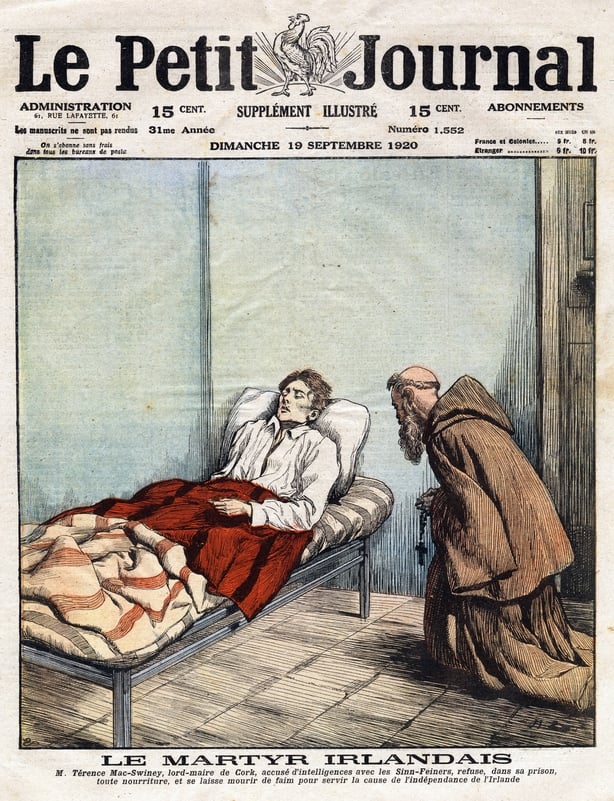
Such a romanticized view reflected Catholic social teaching as well as the deification and subsequent influence of the 1916 Easter Rising martyrs. The practice of hunger strike exhibited calculated power dynamics. Its ostensibly pacifist and sacrificial nature wielded significant emotional and political currency, which transferred guilt onto the jailer and the government he represented for all the world to see.
"Dead their conquerers"
In drawing attention their protest, hunger strikers undercut the legal pretence for their internment on the basis of their moral arguments for independence. As the Irish revolution progressed, the roles of captor and captive were effectively reversed, and British officials were pressed to either grant prisoner-of-war status and its associated concessions, release prisoners, or allow them to die.
Either outcome benefited republican propaganda, as Eoin MacNeill astutely noted:
"In prison we are their jailers; On trial their judges, Persecuted their punishers, Dead their conquerors."
Defence of the Realm Act (DORA) legislation and Defence of the Realm Regulations (DRR) predicated the internment of thousands of individuals throughout the Irish revolution whose crimes ranged from unlawful assembly and soliciting funds to treason and murder.
Republican prisoners claimed their actions were politically-motivated, and thus not subject to criminal punishment. Denied political status, prisoners adopted hunger strike – adopted on the suffragette model – in order to attract attention to the independence movement and the prison conditions they were forced to endure. Agitation for special treatment and ameliorations persisted throughout 1917.
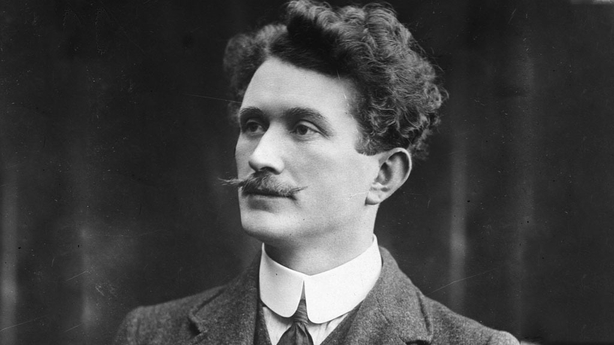
Riots erupted in Dublin's Mountjoy prison in September followed by a large hunger strike that prompted forty prisoners to be force-fed. The protest was abandoned after prison officials granted concessions, but not before a botched feeding accidentally killed Thomas Ashe.
The cat and mouse act
Government complicity and public outcry resurrected the 'Prisoners (Temporary Discharge for Ill-health) Act, 1913', more commonly referred to as the 'cat and mouse act’. Originally created to manage hunger-striking suffragettes, the act outlined that prisoners who refused to eat would be left to deteriorate. They would then be released into the care of family or friends, allowed to recuperate, and be re-arrested to serve out the remainder of their sentences.
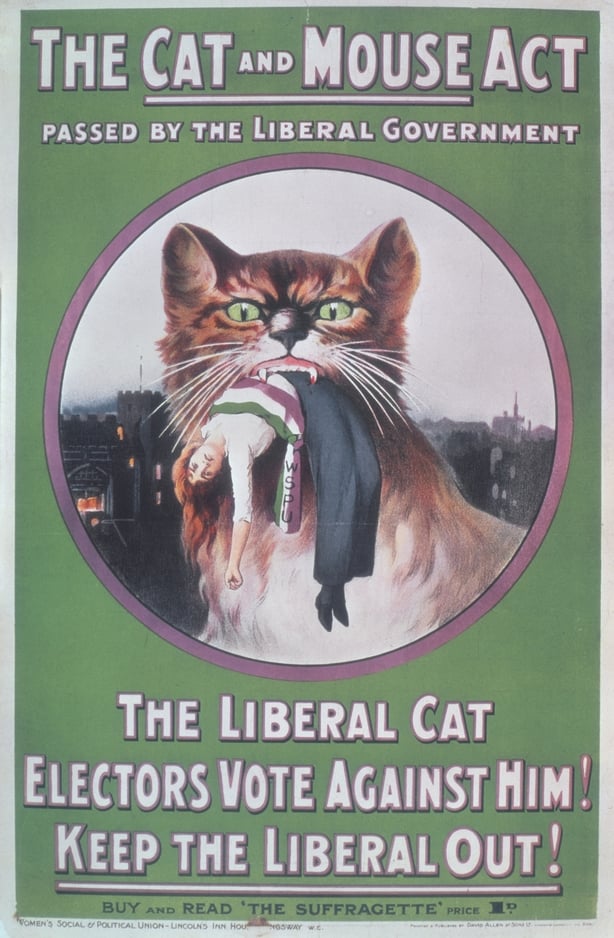
The death of Thomas Ashe and the ‘cat and mouse act’ failed to deter protest and hunger strike in Irish prisons, whose populations swelled throughout the War of Independence. Ambiguous and selectively enforced prison rules had weakened the Irish prison system and emboldened its captives.
Chairman of the General Prisons Board Max Green abridged nationalists’ overarching outlook at this time:
‘They claim to be soldiers of the Irish Republic taken prisoners of war and that they are illegally and unlawfully retained in a Civil Prison ... They look on this as a question of principle and are determined to fight for it.’
Indeed, traditional discipline and punishment, such as the loss of exercise and smoking privileges or solitary confinement, had proven futile. Numerous instances between 1919 and 1921 show the extent to which Irish republican prisoners misbehaved, became violent, or refused food as a means toward restored status or privileges.
Unity in protest
In this, prisoners rarely acted alone; unity often determined a protest’s success. One’s personal circumstances –family, employment, health, conscience – deferred to the group, a reality Dublin Volunteer Todd Andrews saw as reflective of military discipline:
‘The moral pressure deriving from the wish and the need to show solidarity with one’s comrades is so powerful as to amount to an order.’
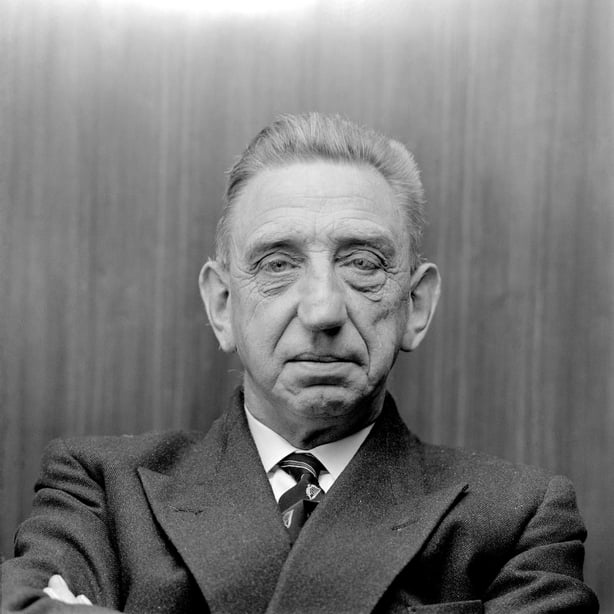
Communal pressure and the literal inability to escape the situation meant individuals no doubt participated against their will. Regardless, by 1920 hunger strike had emerged as the predominant form of prison protest in Ireland.
Cork City jail and Dublin’s Mountjoy prison help to illustrate the dynamics of prison violence and hunger strike during this time. Cork prisoners’ ongoing protest for political treatment and release shifted to hunger strike in September 1919 when twenty-six inmates, including prominent IRA officers Gearoid O’Sullivan and Maurice Crowe, refused food.
An additional twenty prisoners joined the hunger strike shortly thereafter, elevating alarm in government circles. In response, the initial twenty-six hunger strikers – all untried or court martial prisoners – were removed to Mountjoy; the remaining twenty took food shortly thereafter, and discipline returned to Cork on 30 September.
Mountjoy had endured similar upheaval prior to receiving the Cork transfers. From January 1919, prisoners receiving ameliorations insisted their comrades receive the same and threatened to make prison discipline impossible if denied.
A catalogue of defiance
Riots continued throughout February despite the release of notable agitators and council from the Dublin’s Lord Mayor. The transfer of prisoners to Mountjoy – a practice not exclusive to Cork – simply shifted the burden to Dublin. Behind Belfast’s Crumlin Road Jail, which experienced perpetual disorder from mid-1918, prisoners most likely to become violent or enter hunger strike were housed at Cork and Mountjoy, as outlined below.
Rates & Distribution of Violence & Hunger Strike in Irish prisons, 1919
|
Type & Total Instances |
Prisons |
||||||
|
Belfast |
Cork |
Galway |
Limerick |
L'Derry |
Maryborough (Portlaois) |
Mountjoy |
|
|
Indirect defiance (yelling, singing): 534 |
28.27 |
43.44 |
1.31 |
1.68 |
0.93 |
9.55 |
14.6 |
|
Damage to prison: 52 |
25 |
7.69 |
1.92 |
15.38 |
5.76 |
11.53 |
32.69 |
|
Violence against warders: 19 |
36.84 |
10.52 |
0 |
0 |
10.52 |
5.26 |
36.84 |
|
Hunger strike: 289 |
38.75 |
3.8 |
3.46 |
7.61 |
9.68 |
9.34 |
27.33 |
While prison defiance emerged in various forms throughout 1919, hunger strike overshadowed all others throughout 1920. Again, Cork and Mountjoy exemplify many of the trends present throughout Ireland at the time.
The Mountjoy hunger strike
In April 1920, IRA leader Peadar Clancy guided a hunger strike for political prisoner status and privileges within Mountjoy. Its participants quickly grew to ninety. Outside, thousands of women surrounded the prison in solidarity and Dublin workers downed tools for a day.
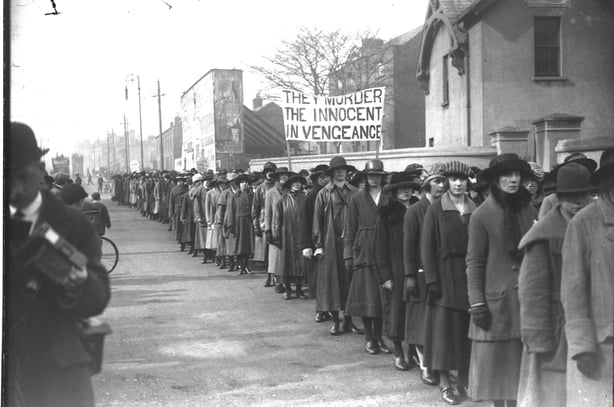
Inside, Frank Gallagher and others rationalised their protest as a sacrifice offered as equally to Ireland as it was to one-another.
‘By smashing their prison system we become free to continue the smashing in Ireland of their Empire,’ he reflected; ‘A few days’ hunger in payment for such a blow is nothing. ... Even a few deaths from hunger is nothing.’
Medical officials warned the British cabinet that the majority of hunger strikers were in a delicate state, and suggested their discharge or parole. A commemorative photograph of ‘The Mountjoy hunger strikers, 1920’ was taken shortly afterwards to mark the occasion, ensuring notoriety of its participants and commemoration of their sacrifice.
Subsequent strikes at Cork and Mountjoy resulted in additional releases through May and June 1920, respectively, though in some cases prisoners took nourishment before they were liberated. Despite its prevalence, hunger strike seldom culminated in release.
Religious pressure to yield, and minimal or unfocused participation compromised several strikes in early 1920. The strike at Cork, which lasted from 5-10 January, exhibited many qualities of close cohesion typical of successful strikes.
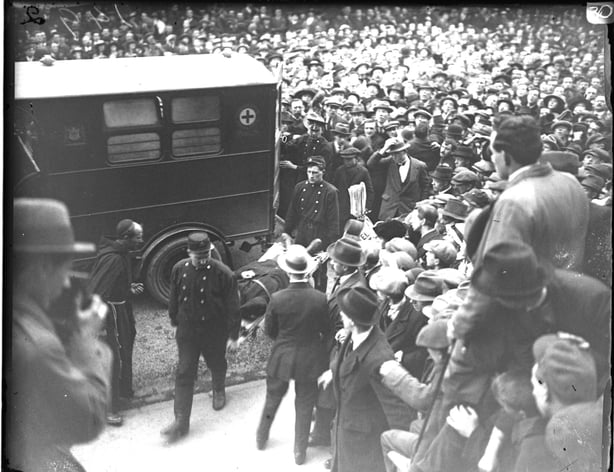
The strike began to disintegrate, however, when J.J. Hogan was deported to England. Others fell away after Edward Horgan, Peter Young and Dennis Manning took food on 8 January; they had been visited by a chaplain the previous day.
The chaplain continued his rounds that afternoon, visiting each prisoner individually, and was later joined by the Lord Mayor of Cork who coaxed men to abandon the strike. By 10 January each prisoner had conceded unconditionally.
Summer 1920 saw the last successful series of hunger strikes in Irish prisons. Thereafter, convicted prisoners were left to starve, and untried internees were almost immediately deported to England. Those not deported either broke strike, or were again shuffled between prisons in Ireland.
Martyrs of the hunger strikes
Perhaps the most infamous occasion of ‘failed’ hunger strike occurred between Cork and Brixton prisons from August to November 1920. Eleven prisoners – one convicted of murder and ten untried – endured months without food.
Two, Michael Fitzgerald and Joseph Murphy, died in October following what attending doctors clinically reported as the ‘gradual cessation of vital functions due to prolonged abstention from all forms of nourishment.’
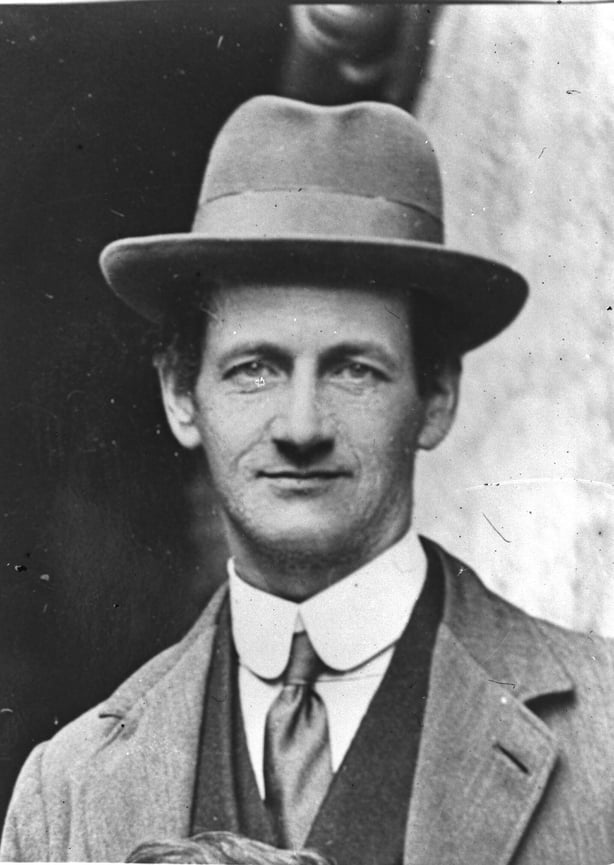
Terence MacSwiney endured his passion from Brixton Prison in England, from which the religious symbolism of his protest and death resonated throughout the world. These deaths triggered global outrage that focused international attention on the nature of British rule in Ireland.
New York’s Friends of Irish Freedom organization christened their deaths ‘An International Sacrifice,’ and tailored their coverage in the context of American history, recent and removed.
‘Terence MacSwiney, Michael Fitzgerald and Joseph Murphy have given their lives for the same ideal for which American soldiers died in France. … [They] have been murdered by the nation which burned Joan of Arc at the stake … by the nation which was the hangman of Nathan Hale.’
Students at Villanova University, a private Catholic institution outside Philadelphia, contextualized the event in more salvific terms. The Villanovan explained that the three had
‘trodden the Via Dolorosa of starvation in order that the world’s attention might be attracted to Ireland’s unhappy plight; because they knew that the world’s attention must result in world-wide sympathy and that world-wide sympathy would result in Ireland’s independence.’
International reactions
It’s hard to see this as an exaggeration. The Corriere d’Italia observed MacSwiney’s death, specifically, to have ‘reawakened Italian interest in Ireland,’ which Signor Angelo Mauri, Professor of the Catholic University and the Popular Party’s Deputy for Milan, exploited to great effect.
In the same tone, Mary MacSwiney, the Lord Mayor’s bereaved sister, believed her brother’s death to have ‘softened’ French views toward Irish independence, which had hardened after the Easter Rising. MacSwiney remained a central figure in French writing beyond the revolution, at least among Parisian Irish supporters.
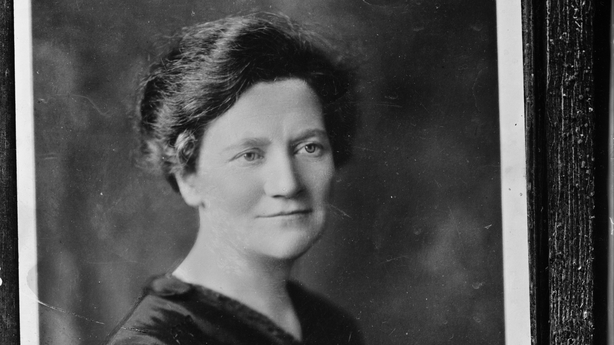
For their work, prison governors, warders, and medical officers endured a great degree of hostility in and out of the prison. Two Cork warders, for example, were habitually refused service at local shops or were forced to pay higher prices for common goods.
Acknowledging the hard treatment
The Government acknowledged the hardships of their prison warders, governors and medical officers. Various correspondence between 1917 and 1920, though too lengthy to reproduce here, illustrate the extent to which revolutionary violence had extended into Irish prisons.
The prophetic words of Eoin MacNeill had been realised. In and out of Irish prisons, the captors had become captives.
The Anglo-Irish Truce of July 1921 failed to deter prison violence or hunger strikes. On the contrary, prisoners were united across an impression of imminent victory; requests for concessions and special treatment were often framed within the ‘spirit of the Truce’.
The civil war period reunited Irishmen and women with prisons in one form or another. Anti-Treaty republicans imitated prison protests from preceding years, including hunger strike. Ironically, their adversaries, now Free State politicians, soldiers, and warders, had themselves endured confinement between 1919 and 1921.












































